When it comes to home design, doors play a crucial role in both aesthetics and functionality. Not only do doors provide privacy, security, and insulation, but they can also add style, charm, and character to a room. With so many types of doors available on the market, choosing the right one for your home can be a daunting task. In this article, we’ll provide a comprehensive guide to different types of doors, their materials and finishes, features and accessories, as well as installation and maintenance tips. By the end of this guide, you’ll be better equipped to choose the perfect door for your home.
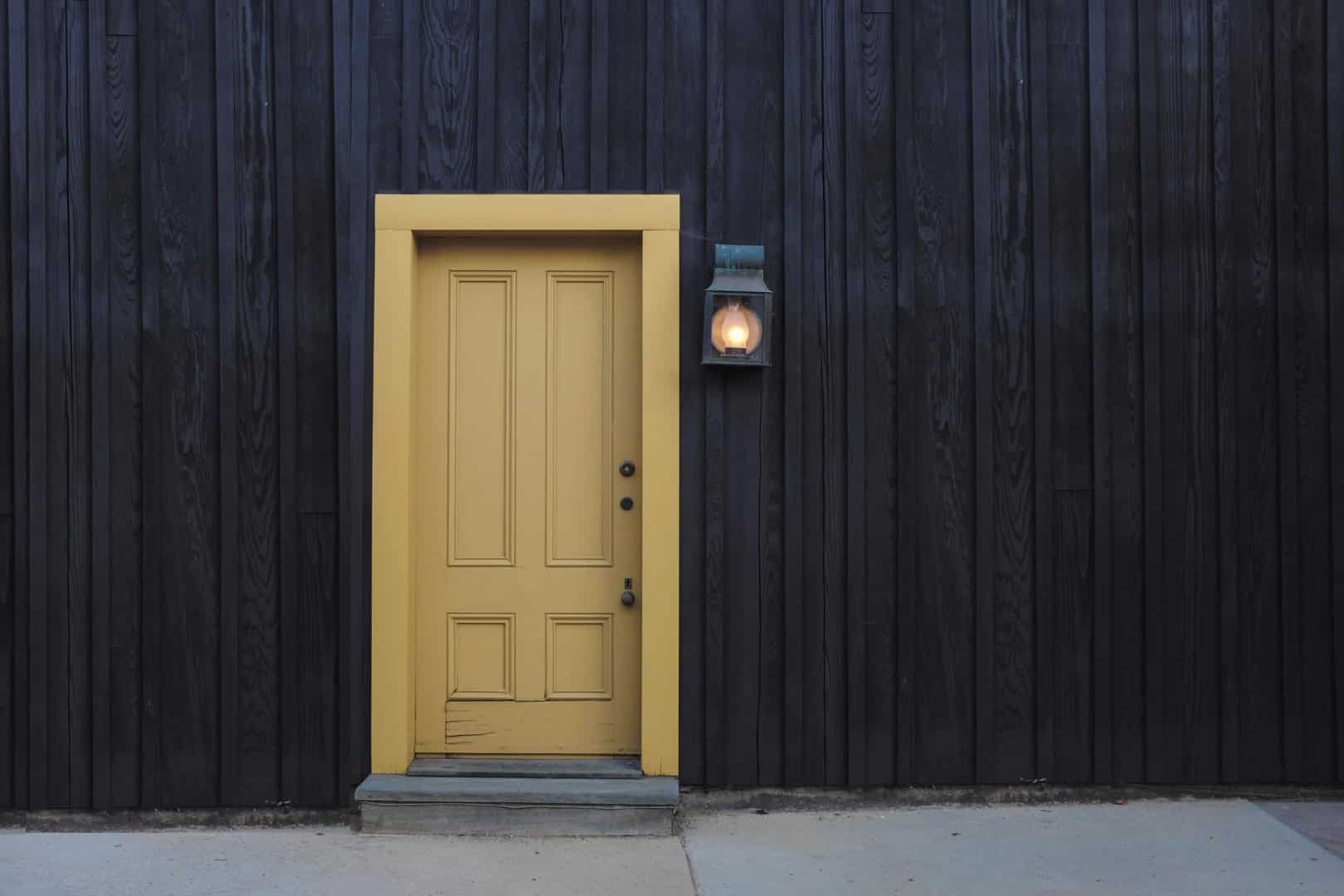
Types of Doors
The first thing to consider when choosing a door is the type of door that will best suit your needs and preferences. Here are some of the most common types of doors, along with their pros and cons:
Hinged doors
These are the classic doors that swing on hinges and come in a wide range of styles, sizes, and materials. Hinged doors can be solid or hollow, and can have various panel designs, glass inserts, or decorative features. They are easy to install, operate, and maintain, and provide good insulation and security. However, hinged doors can take up valuable floor space when opened, and can be less convenient in tight or narrow areas.
Sliding doors
These doors slide on tracks and are often used for patios, balconies, or rooms with limited space. Sliding doors can be made of glass, wood, metal, or vinyl, and can be single or multiple panels. They offer unobstructed views, easy access, and efficient use of space. However, sliding doors can be prone to air leaks, noise, and wear and tear on the tracks. They can also be harder to secure than hinged doors.
French doors
These doors consist of two hinged doors that meet in the middle and open outwards. French doors are elegant, stylish, and versatile, and can be used for interior or exterior spaces. They are often made of wood, metal, or glass, and can have different panel designs, colors, and finishes. French doors provide good insulation, ventilation, and natural light, and can enhance the aesthetic value of a room. However, French doors can be expensive, heavy, and require regular maintenance and weatherstripping.
Bifold doors
The bifold doors consist of multiple panels that fold inwards or outwards, and are often used for closets, laundry rooms, or pantries. Bifold doors can be made of wood, metal, or vinyl, and can have various panel designs and finishes. They are space-saving, affordable, and easy to install, and can provide good ventilation and accessibility. However, bifold doors can be less secure and less durable than other types of doors, and can be prone to sticking or jamming if not maintained properly.
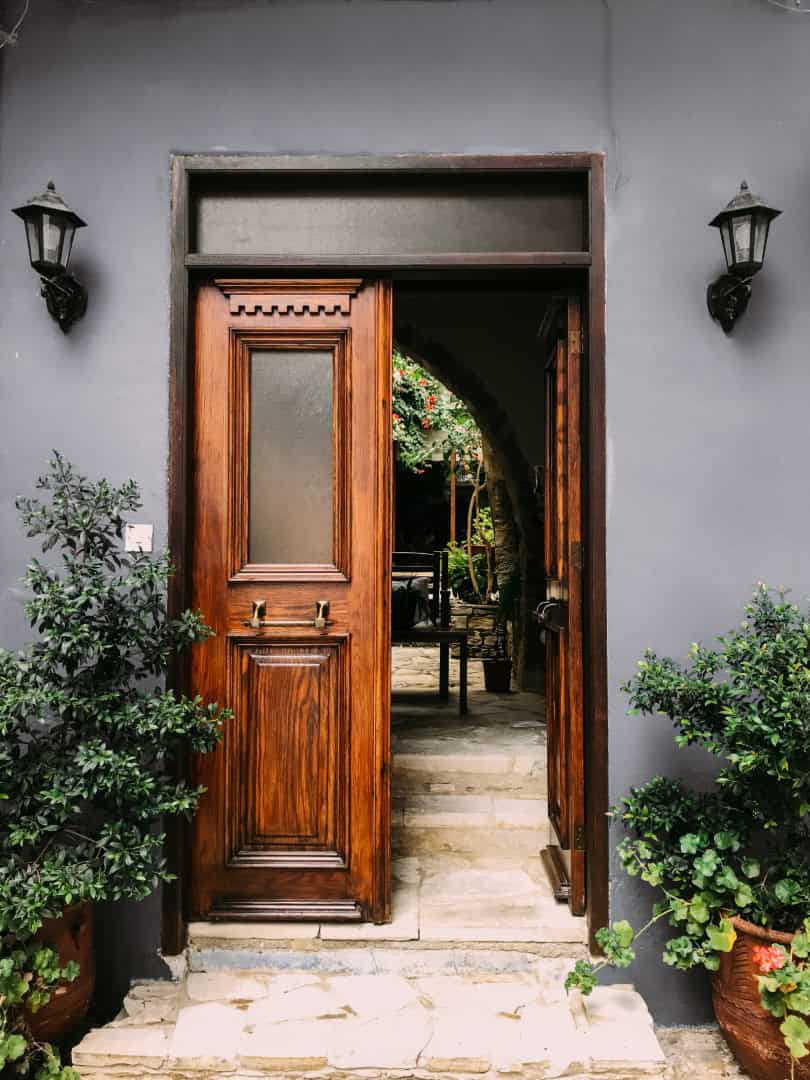
Materials and Finishes
Once you’ve chosen the type of door that fits your needs, you’ll need to consider the materials and finishes that will best suit your style and budget. Here are some of the most common materials used for doors, along with their pros and cons:
Wood
This is a popular and timeless material for doors, as it provides warmth, texture, and natural beauty. Wood doors can be made of various types of wood, such as oak, mahogany, or pine, and can be stained, painted, or left unfinished. Wood doors offer good insulation, durability, and soundproofing, and can be customized to fit any size or design. However, wood doors can be expensive, heavy, and require regular maintenance to prevent warping, cracking, or rotting.
Metal
This is a strong and secure material for doors, as it provides good protection against intruders, fire, and weather. Metal doors can be made of steel, aluminum, or iron, and can be coated with different finishes, such as powder coating, galvanizing, or anodizing. Metal doors offer good durability, strength, and low maintenance, and can also provide good insulation if they have a foam core or insulation strips. However, metal doors can be prone to denting, scratching, and corrosion, and can also conduct heat and cold, making them less energy-efficient.
Glass
This is a modern and elegant material for doors, as it provides transparency, lightness, and visual appeal. Glass doors can be made of tempered, laminated, or insulated glass, and can have different tints, textures, or patterns. Glass doors offer good natural light, aesthetic value, and sound reduction, and can be customized to fit any design or size. However, glass doors can be expensive, fragile, and require special care to avoid breakage or cracking. They can also compromise privacy, security, and energy efficiency, unless they are treated with a reflective film or blinds.
Vinyl
This is a versatile and affordable material for doors, as it provides resistance to moisture, rot, and insects. Vinyl doors can be made of PVC or composite materials, and can be molded into different shapes, sizes, and colors. Vinyl doors offer good durability, low maintenance, and insulation, and can also resist dents, scratches, and fading. However, vinyl doors can be less secure than other materials, and can also expand or contract in extreme temperatures, causing warping or gaps. They can also have a plastic-like appearance that may not suit all styles.
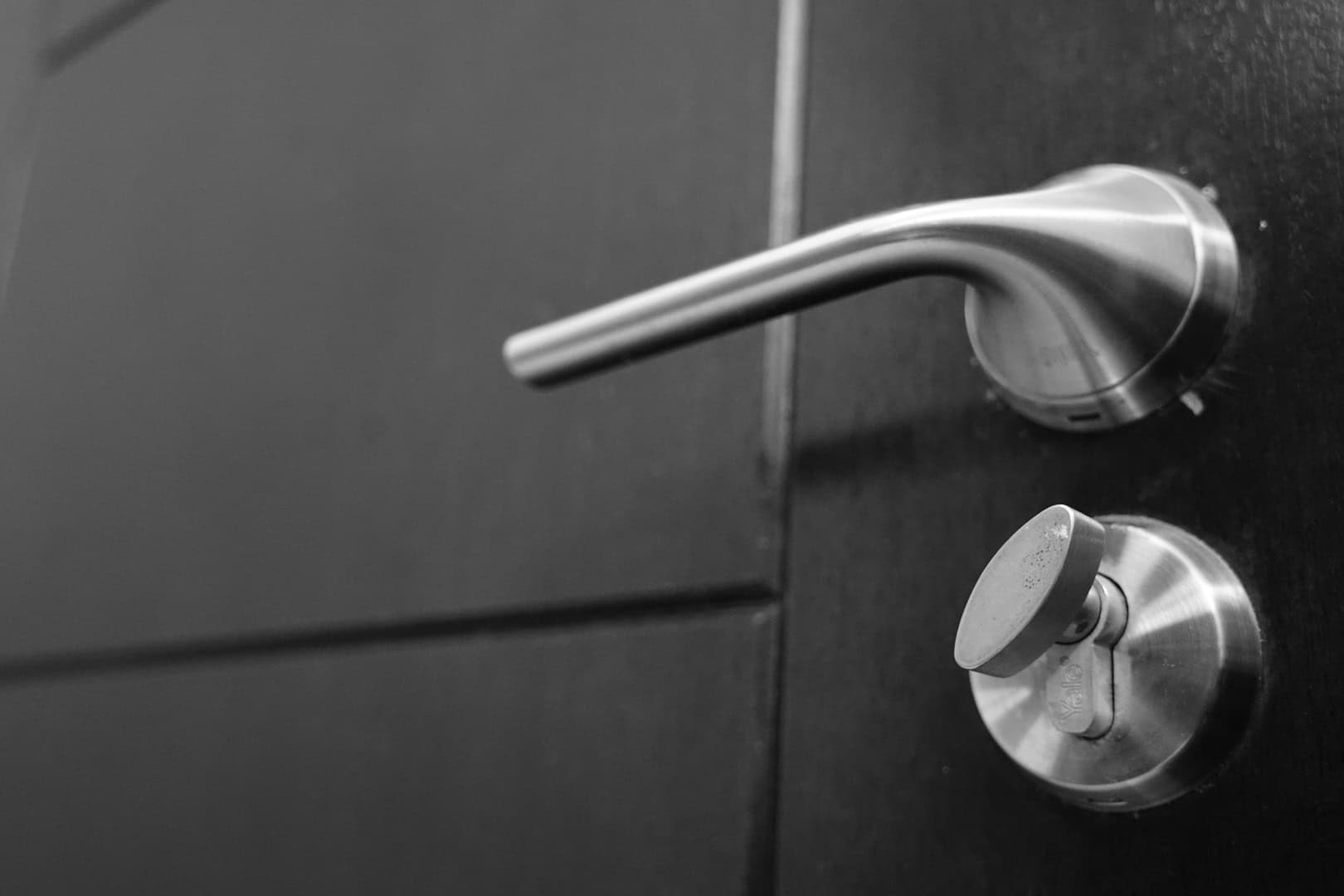
Features and Accessories
Apart from the type and material of the door, there are also various features and accessories that can enhance its functionality and aesthetics. Here are some of the most common features and accessories for doors:
Hardware
This includes the handles, locks, hinges, and other components that enable the door to open and close smoothly and securely. Hardware can be made of various materials, such as brass, nickel, or stainless steel, and can have different finishes, such as polished, brushed, or matte. Hardware can also have different styles, such as traditional, modern, or rustic, and can be customized to match the door’s design and color.
Glass inserts
This includes the decorative or functional glass panels that can be added to doors to enhance their beauty or functionality. Glass inserts can have different shapes, sizes, and patterns, and can be clear, frosted, or textured. Glass inserts can also have different properties, such as energy efficiency, soundproofing, or privacy, and can be a great way to add personality and charm to a door.
Weatherstripping
This includes the seals or gaskets that are applied around the edges of doors to prevent air leaks, drafts, or water infiltration. Weatherstripping can be made of various materials, such as rubber, foam, or vinyl, and can be installed on the top, bottom, or sides of the door. Weatherstripping can also be customized to fit the door’s size, shape, and material, and can improve the door’s insulation, energy efficiency, and comfort.
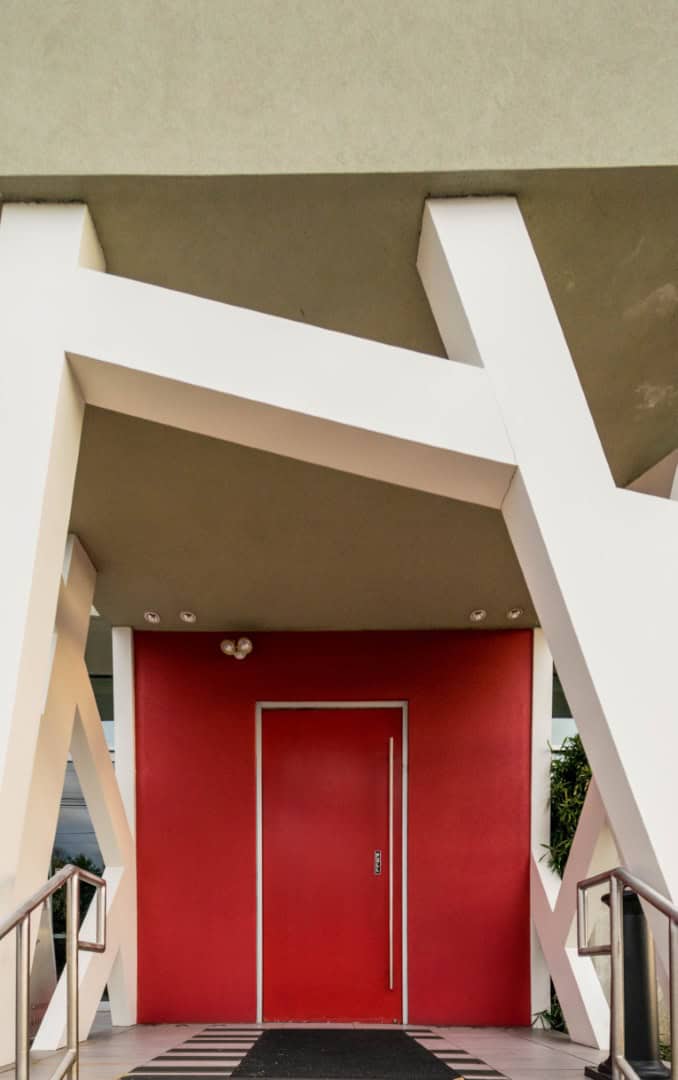
Installation and Maintenance
Finally, when choosing a door, it’s important to consider the installation and maintenance requirements that come with it. Here are some tips to keep in mind:
Installation
Make sure to measure the door’s opening accurately, and choose a door that fits the dimensions and style of the space. Follow the manufacturer’s instructions for installation, or hire a professional installer if necessary. Ensure that the door is properly leveled, plumb, and anchored, and that the hardware is securely attached. Test the door’s operation, locks, and weatherstripping, and make any adjustments necessary.
Maintenance
Depending on the material and finish of the door, different types of maintenance may be required. Here are some general tips:
- Wood doors should be inspected regularly for cracks, splits, or warping, and should be sanded and refinished as needed to prevent moisture or insect damage. Avoid exposing wood doors to direct sunlight, rain, or extreme temperatures, as this can cause fading or distortion.
- Metal doors should be cleaned regularly with a mild detergent and water, and should be inspected for rust or corrosion. Touch up any scratches or dents with paint or primer, and lubricate the hardware and hinges as needed to prevent friction or noise.
- Glass doors should be cleaned regularly with a glass cleaner or vinegar solution, and should be wiped dry to prevent streaks or water spots. Avoid using abrasive or acidic cleaners, as this can scratch or etch the glass surface. Inspect the glass panels for cracks or chips, and replace them if necessary to ensure safety and clarity.
- Vinyl doors should be cleaned regularly with a mild detergent and water, and should be inspected for cracks or gaps. Avoid using abrasive or solvent-based cleaners, as this can damage the vinyl surface. Check the weatherstripping and replace it if it becomes loose or worn, to maintain the door’s insulation and performance.
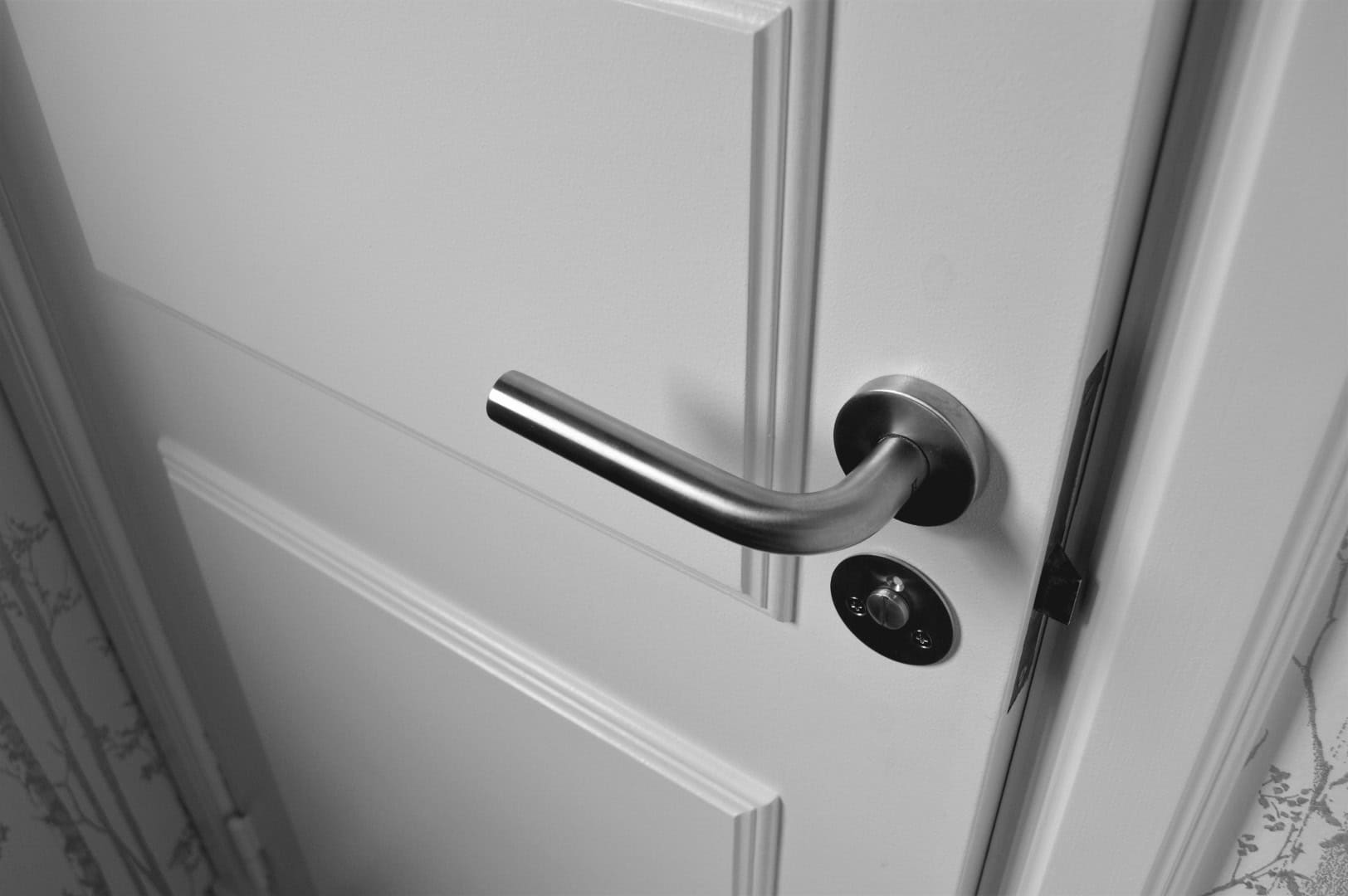
In summary, doors are an essential element of any home, as they provide privacy, security, and aesthetics. When choosing a door, it’s important to consider the type, material, features, and maintenance requirements, as well as the budget and style preferences. Whether you prefer a classic wooden door, a sleek metal door, an elegant glass door, or a practical vinyl door, there are many options available to suit your needs and taste. With proper installation and maintenance, a door can last for many years and enhance the beauty and functionality of your home.

